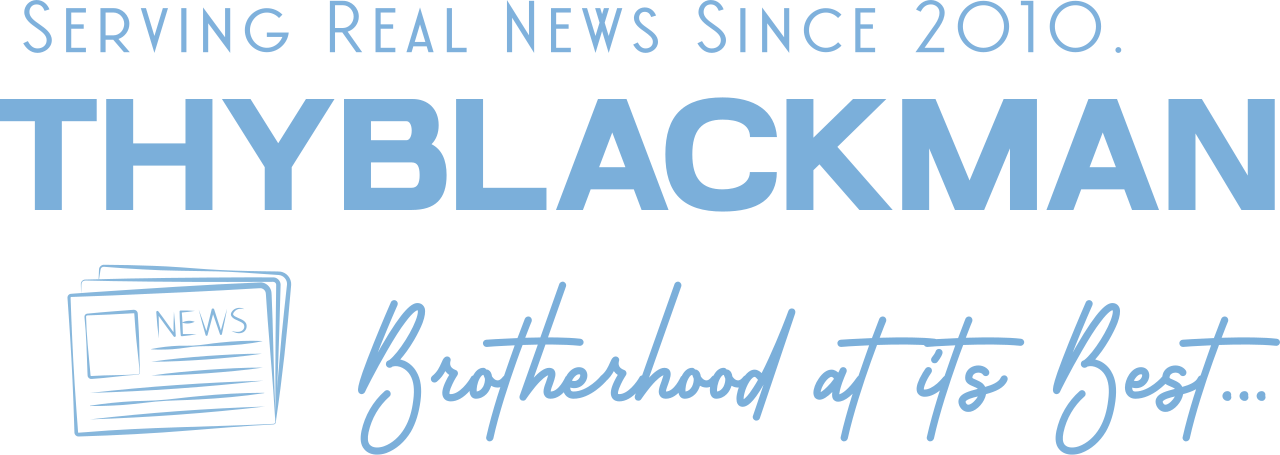(ThyBlackMan.com) For small and mid-sized businesses, the digital landscape is filled with immense opportunity—and significant risk. The numbers paint a stark picture: according to recent industry analysis, an astonishing 60% of small businesses that suffer a cyberattack go out of business within six months. This single statistic highlights a reality that keeps many Seattle leaders up at night.
But for the city’s most ambitious companies, this reality demands a fundamental shift in perspective. Managed IT services in Seattle are no longer limited to basic network monitoring or virus prevention — they now support full-spectrum protection of business systems, sensitive data, and regulatory compliance. Moving from a reactive, “break-fix” mentality to a forward-looking, protective posture is essential. This means building an IT security framework that not only shields your digital infrastructure but actively enables you to innovate and scale with confidence.
This article will show you how to make that shift. We’ll explore the unique threats and opportunities in the Seattle market, outline a framework for building a growth-focused security roadmap, and explain how to measure the true return on your security investment.

Key Takeaways
- For Seattle businesses, IT security is a competitive differentiator that builds customer trust and enables innovation, not just a necessary cost.
- The city’s booming tech sector and intense competition for talent make proactive security strategies, including managed services, essential for SMBs to thrive.
- A robust IT security roadmap focuses on assessment, prevention, rapid response, and continuous evolution to protect against modern, sophisticated threats.
- Measuring IT security ROI goes beyond preventing financial loss; it includes business enablement, operational efficiency, and unlocking new market opportunities.
1. The Seattle Factor: A Unique Landscape of Opportunity and Risk
Seattle is not just any city; it’s a global hub for technology and innovation. While the presence of giants like Amazon and Microsoft fuels a vibrant economic ecosystem, it also paints a target on the back of every business in the region.
High-Growth, High-Stakes
The same forces driving Seattle’s growth also attract sophisticated cybercriminals. These attackers know that SMBs in the orbit of major tech players often handle sensitive data and are critical links in the supply chain. A successful attack on a smaller company can be a stepping stone to a much larger prize, making local businesses prime targets.
The Talent Crunch
Building an in-house security team in this environment is a significant challenge. As one report on the local job market notes, Seattle’s cybersecurity job market is booming, with a projected 42% growth by 2025. This intense competition for qualified professionals drives up salaries and makes it nearly impossible for most SMBs to hire and retain the expert talent they need.
Local Challenges
This isn’t just an industry observation. The City of Seattle itself recognizes these pressures. Seattle’s IT Strategic Plan identifies “increasing cybersecurity risks, compliance demands, and budget constraints” as core challenges facing local organizations. Your business is navigating this same complex terrain.
2. Beyond the Firewall: How Security Becomes a Growth Enabler
For the “Growth-Focused Seattle Leader,” the most important mental shift is to stop viewing security as a burden and start seeing it as a strategic asset. When implemented correctly, a robust security posture directly fuels business velocity.
Building Customer Trust & Brand Differentiation
In a crowded market, trust is your most valuable currency. When you can demonstrate a provable commitment to protecting client data, you create a powerful competitive advantage. A strong security posture isn’t just a line item; it’s a brand promise that fosters long-term relationships, builds loyalty, and helps you win deals over less-prepared competitors.
Unlocking Innovation & Focus
Are your best minds focused on growth or constantly distracted by security concerns? When your team is confident that your systems and data are secure, they are free to focus on what they do best: developing new products, improving customer service, and expanding into new markets. Security provides the stable, resilient foundation needed to take the calculated risks that drive innovation.
Achieving Operational Velocity
Business momentum is built on uptime and efficiency. A single security breach can lead to days or even weeks of costly downtime, grinding your operations to a halt. Proactive security prevents these interruptions. By ensuring data integrity and system availability, you maintain the smooth, efficient operations that define a high-velocity business.
3. Building Your Strategic Security Roadmap: A 4-Step Framework
So, how do you move from theory to practice? A strategic security roadmap provides a clear, business-focused plan. It’s not about getting lost in technical weeds but about aligning security efforts with your core business objectives.
1. Assess & Identify
Before you can protect anything, you must understand what matters most. This step focuses on identifying your critical business risks and crucial data assets. Ask questions like: What data, if compromised, would cripple our operations or destroy our reputation? What are our most vital business processes? The goal is to understand what you need to protect and why it’s essential to the business.
2. Prevent & Protect
With a clear understanding of your key assets, you can build a multi-layered defense. This goes far beyond a simple firewall. It includes comprehensive employee training to create a security-aware culture, strong access controls to ensure people only access the data they need, and advanced tools like endpoint detection and response (EDR) to guard your devices.
3. Detect & Respond
No defense is perfect. The critical question is not if an incident will occur, but how you will react when it does. A clear, documented incident response plan is non-negotiable. This plan ensures that when a threat is detected, your team can take immediate, coordinated action to contain the threat, minimize damage, and restore operations quickly.
4. Review & Evolve
Cybersecurity is not a one-time project; it’s an ongoing process. The threat landscape is constantly changing, and your business is evolving. Your security roadmap must be a living document, subject to regular reviews, vulnerability assessments, and updates to ensure it continues to protect your business as you grow.
4. The Smart Solution for Seattle SMBs: The Rise of Managed Security
Given the challenges of Seattle’s competitive talent market and the sheer complexity of modern security, how can an SMB implement such a robust roadmap? For a growing number of businesses, the answer is partnering with a Managed Security Service Provider (MSP).
Addressing the Talent Gap
MSPs provide a direct solution to the local cybersecurity talent shortage. Instead of trying to compete with tech giants for a handful of expensive experts, you gain immediate access to a dedicated team of security professionals. This allows you to leverage enterprise-level expertise without the prohibitive cost and overhead of building an in-house department.
The Power of External Expertise
A specialized MSP brings more than just people. They provide access to enterprise-grade security tools, 24/7 monitoring, and deep, specialized knowledge of the latest threats and compliance standards. This partnership gives you a level of protection that would be functionally and financially out of reach for most SMBs to achieve on their own. This trend is accelerating, as industry analysts predict that by 2025, managed security services will account for 40% of SMB cybersecurity spending.
5. Measuring What Matters: The ROI of Proactive IT Security
Justifying security spending is a common challenge for business leaders. The key is to frame the return on investment (ROI) not just as a cost but as a value driver.
- Cost Avoidance (The Obvious ROI): This is the easiest to calculate. It’s the money you didn’t lose. Quantify the potential financial impact of a prevented breach, including avoided regulatory fines, legal fees, data recovery costs, and the massive expense of operational downtime.
- Business Enablement: Frame your security investments in terms of the new opportunities they unlock. Can you now bid on larger contracts that require strict security compliance? Can you enter new, highly regulated markets? A strong security posture can be the key that opens these doors.
- Efficiency Gains: Proactive security leads to more stable and reliable IT systems. This translates directly into improved operational efficiency, reduced system vulnerabilities, and faster incident resolution times, all of which save time, money, and resources.
From Vulnerability to Velocity
In Seattle’s dynamic and competitive market, treating IT security as a mere defensive chore is a recipe for stagnation. The fastest-growing, most resilient companies understand that a strategic approach to security is a powerful competitive advantage that builds trust, enables innovation, and fuels sustainable growth.
“Cybersecurity is often viewed as a cost?center—a necessary evil to comply with regulations—but forward-thinking organizations must start treating it as a strategic investment and core driver of business value.”
— Dave DeWalt, Forbes Finance Council, November 18, 2024
Staff Writer; Jeremy Parker

















Leave a Reply